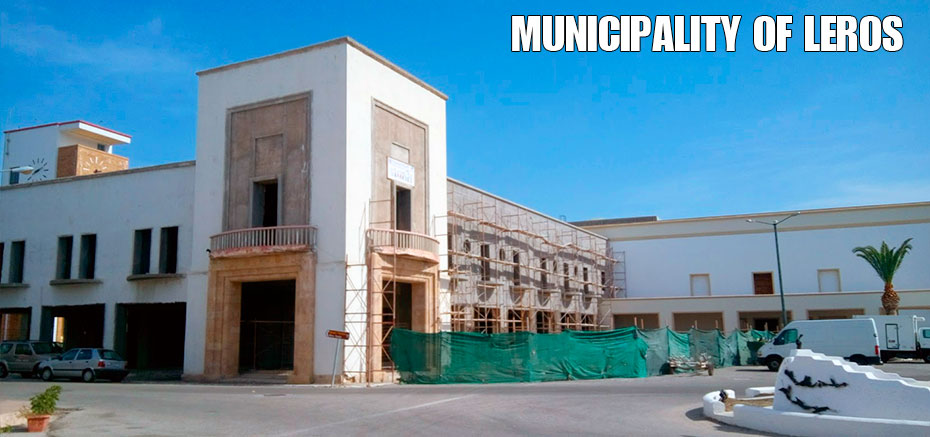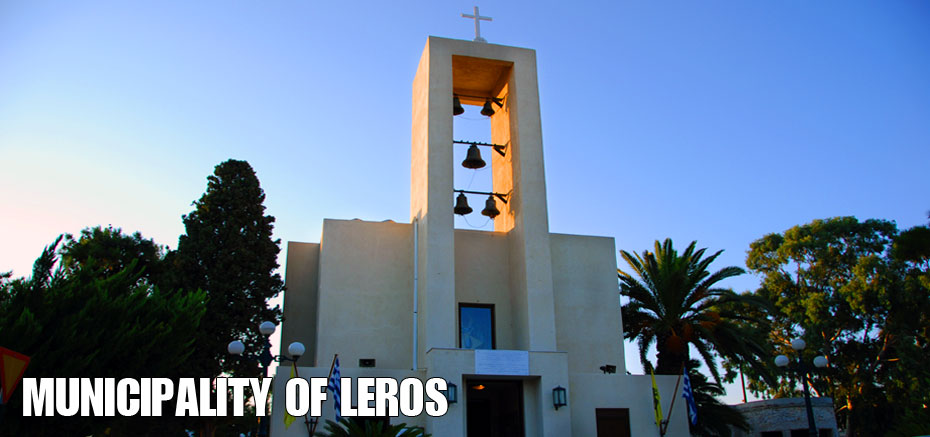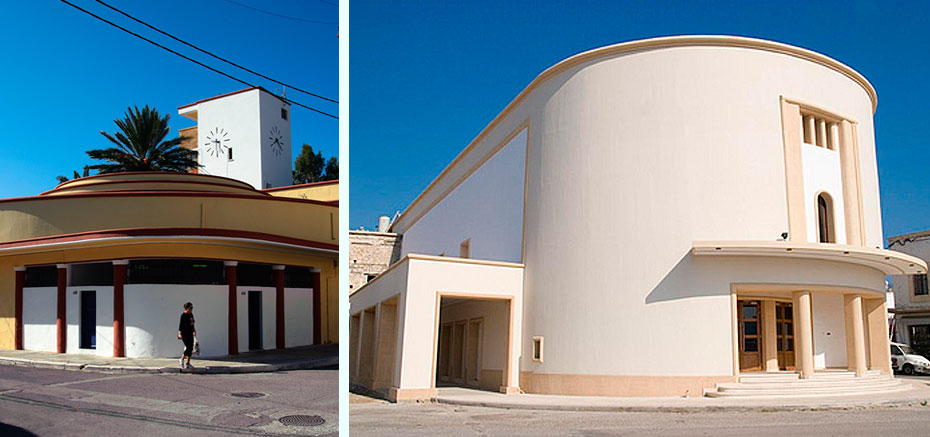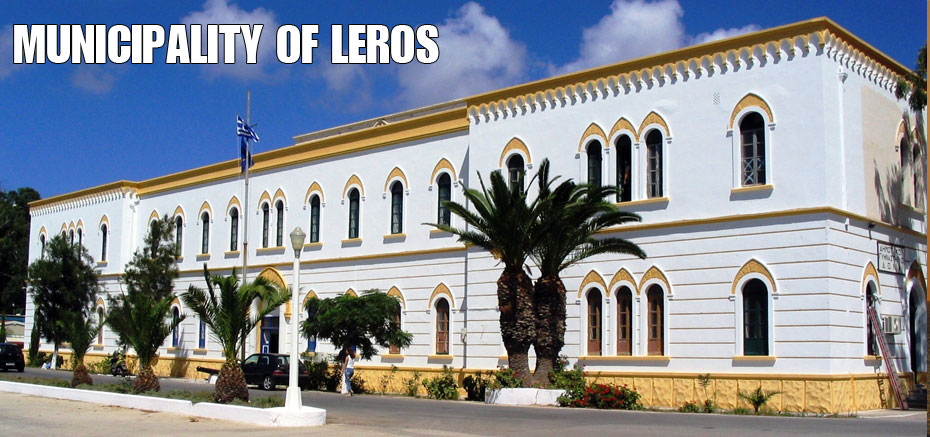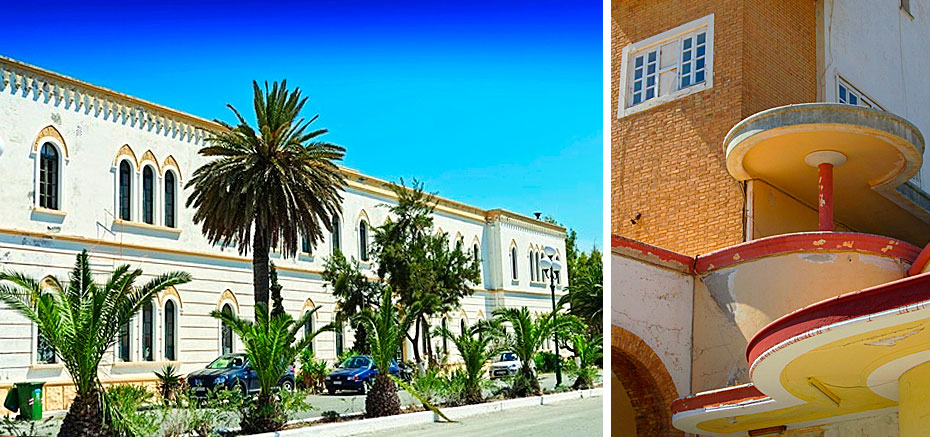Agia Marina
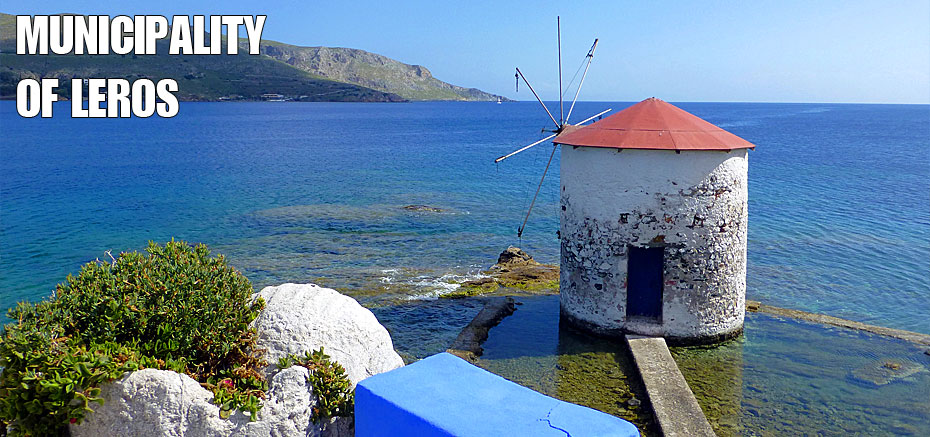
It is one of the most well preserved villages in Greece. It is the capital, the administrative and commercial center, with mansions and traditional houses, and it extends amphitheatrically between two hill slopes. The style of the mansions, most of which are neo-classic of various styles, is an indication of the island's wealth before the war and the tastefulness of the local people. The architectural style of the houses that were built during the period of the Italian rule is particularly distinctive.
Platanos
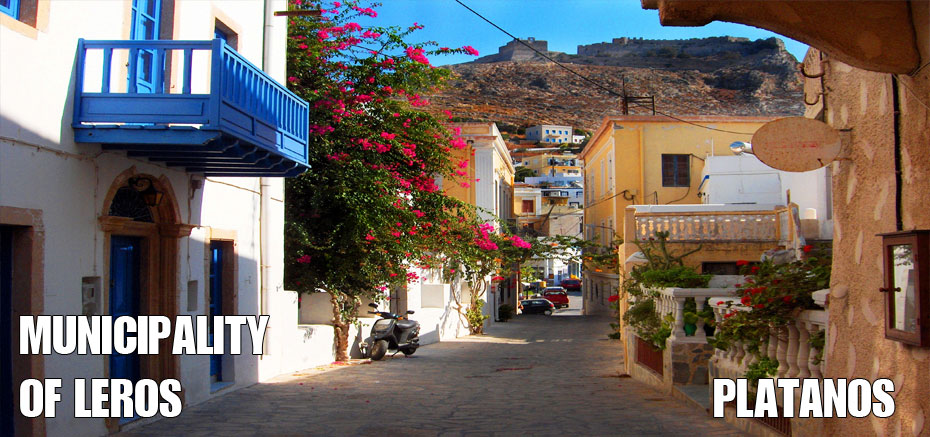
The oldest district and old capital of the island, where many traditional houses and mansions are preserved. The City Hall consists of two neo-classic buildings and next to them there is the new Municipal Public Library.
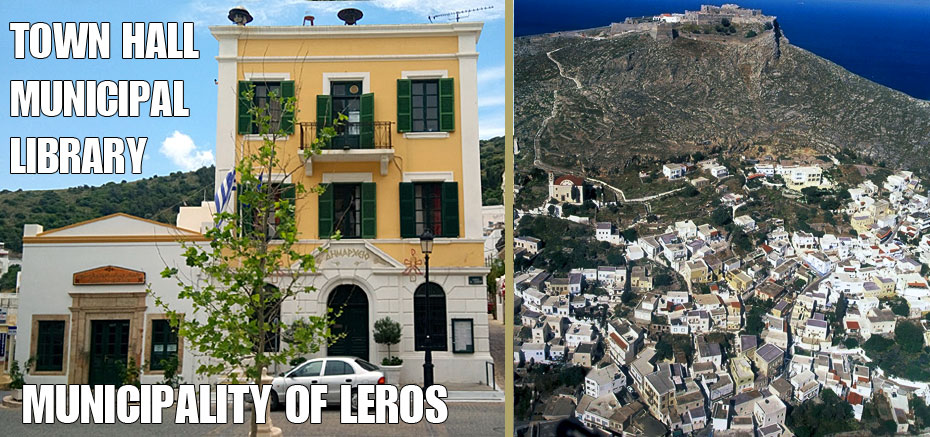
The local benefactors contributed to the economic, cultural and aesthetic development of the island. Among the well-preserved houses of Aghia Marina and Platanos stand out many educational and public buildings:
The old City Hall (the Municipal council's building), the Administration building (today's City Hall), the Municipal Market of Platanos, the Bishop's house, the Girls' School (built in 1865), the new school (built in 1882), the "Astikon School" (built in 1886) (today's Archaeological Museum), the "Nikolaidio Girls' School" (built in 1880), the "Boys' School of Leros" (built in 1910), and the Malahio Nursery School (built in 1910).
Lakki
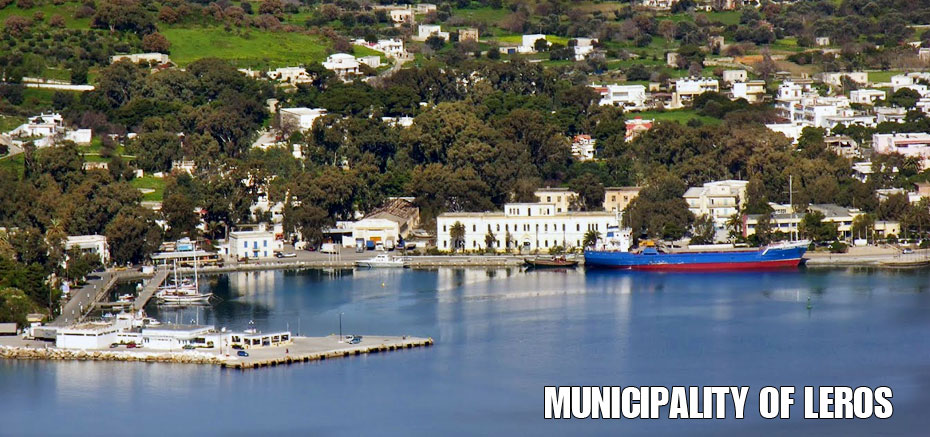
Lakki it is a natural harbor with a 400-meter opening that looks like a big lake. That is probably the reason the Italians called it Porto Lago (lake harbor).
In the period of Italian rule it functioned as a naval station, as residence of the officers and their families and a place where the main public services were built. The innovative architectural style (International Style) that had been used in Italy in the 20's (Italian rationalism), a unique architectural style, a product of innovative experimentation and syncretism, is prevailing.
The Italian architects attempted an imaginative combination of Renaissance, Venetian and Islamic decorative elements. The rationalistic road planning in zones and squares, the imaginative public buildings, the officers' houses, the abundant eucalypts and the stabilization of substratum make Lakki a huge architectural achievement.
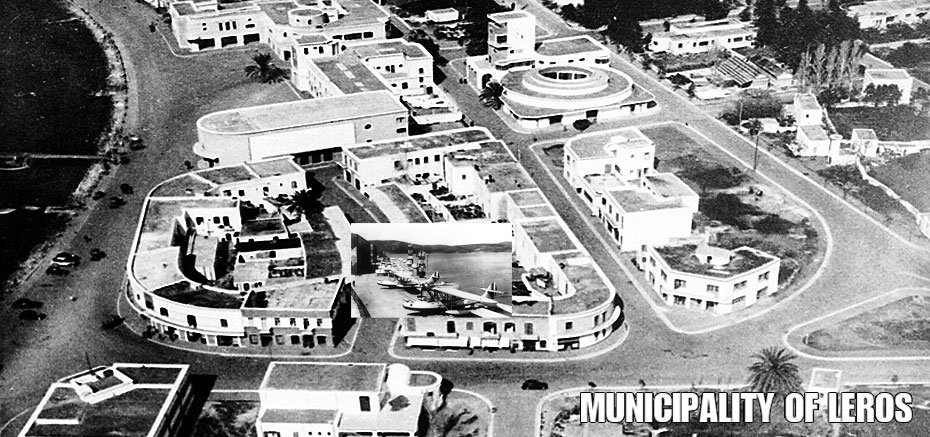
The most important buildings at Lakki are:
The imposing building of Naval Administration (the oldest in the town with eastern-like façade, is the only that deviates from the International Style), the complex that includes hotel Leros (called Roma by the Italians) and the cinema, the former Italian Customs Building (today's Police Station, with some tasteless modifications), the Elementary School (the most balanced building typical of International Style, with circular atrium, light colonnade in the façade and spacious yards), the catholic church of Saint Francis (today Saint Nikolaos - with fine lines, balanced proportions and elevated cubist belfry), the former Naval Building (pioneer architectural synthesis with spacious areas round the central atrium) and the complex of Agora - the Market, that is being renovated (perhaps the most original building of Lakki with circular atrium where successive concentric circles end and a tower with a clock).
